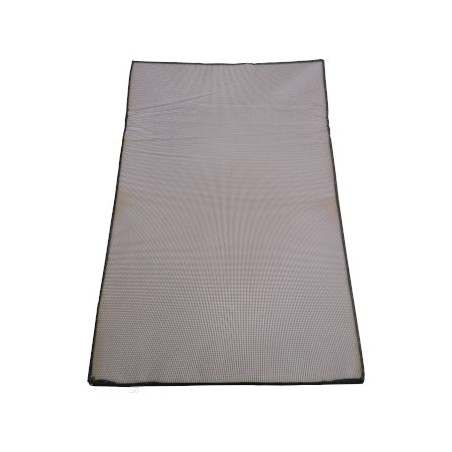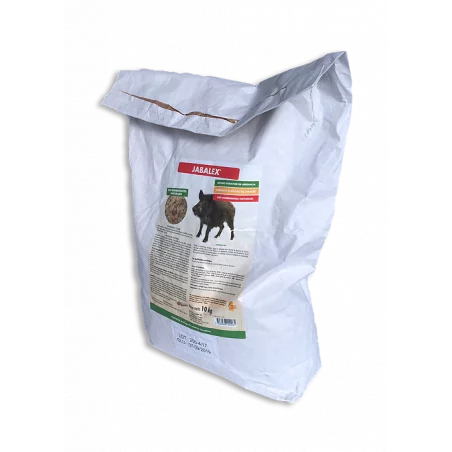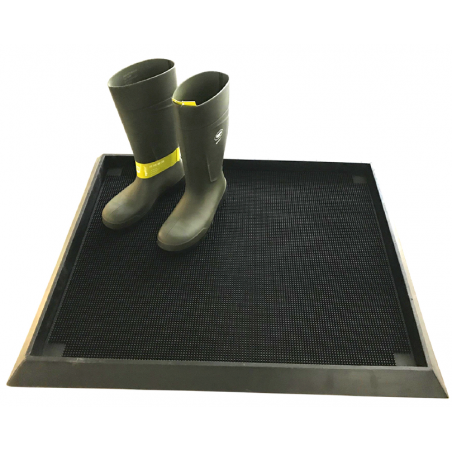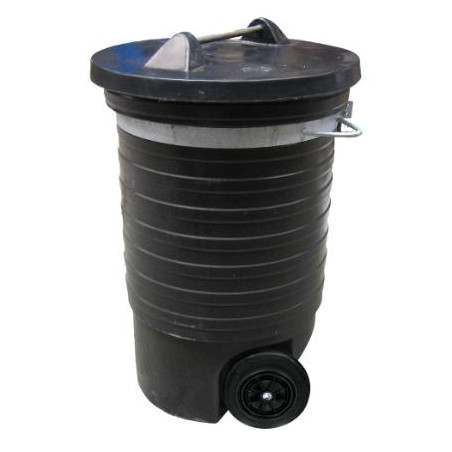As part of the intensive surveillance activities and search for new carcasses, the bones of a dead boar were discovered on December 9 in the Enhanced Observation Area (EOA) near Assenois, south of Neufchateau. The reference laboratory confirmed the viropositive result on December 12. According to experts, the animal had been dead for at least three months, meaning the animal had died prior to September, 2019. The bones were dry and wasted. The analyses carried out by the LNR indicated an age range of 3 to 6 months.
It's important to note that the body was discovered in an area:

- completely fenced off since July 2019;
- patrolled for remains on several occasions (especially in June, July and November);
- where animal removal by trapping methods has been in place since last spring;
- and where recent records of animal occurrence appear to show that wild boar populations are declining.
The location of the discovery is in zone I. Since mid-July 2019, this part of the area has been completely enclosed by fences. These fences are part of a network of more than 300 km of fences installed to isolate wild boar from the defined areas. The closest known case is in zone II, at a distance of 3.7 km, and dates from June 2019. It is located within the same fences. Within this fence, the number of wild boar has been considerably reduced and is practically zero or already zero.
According to the Walloon Government, on December 16, 2019, out of 4418 wild boar tested, 830 were found to be positive for ASF virus.
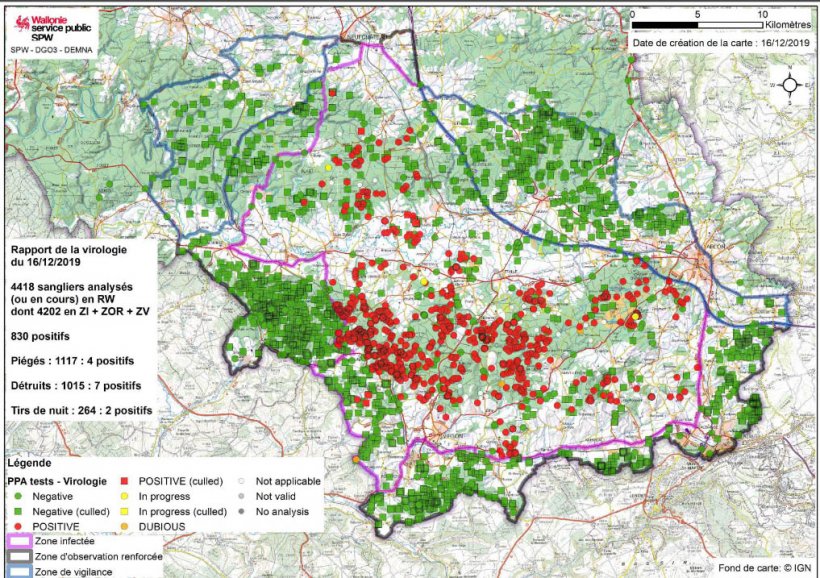
ASF Belgium
Friday, December 13, 2019/ Publication by 333 with information from the OIE, SPW, and the ESA Platform.





